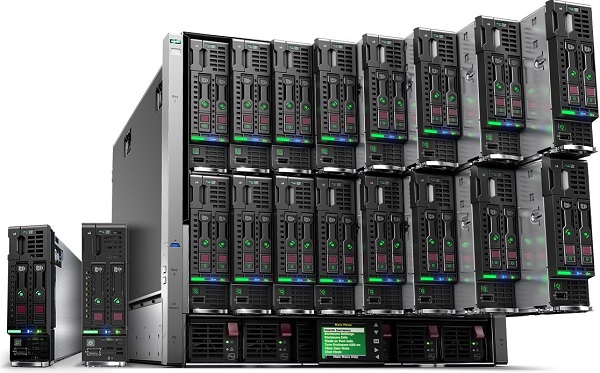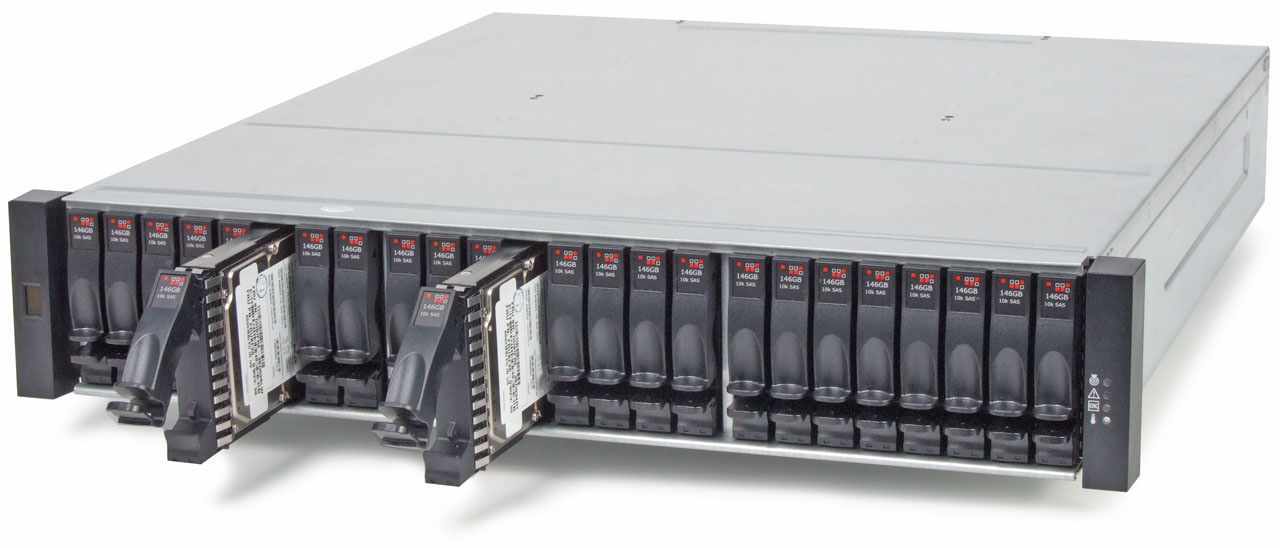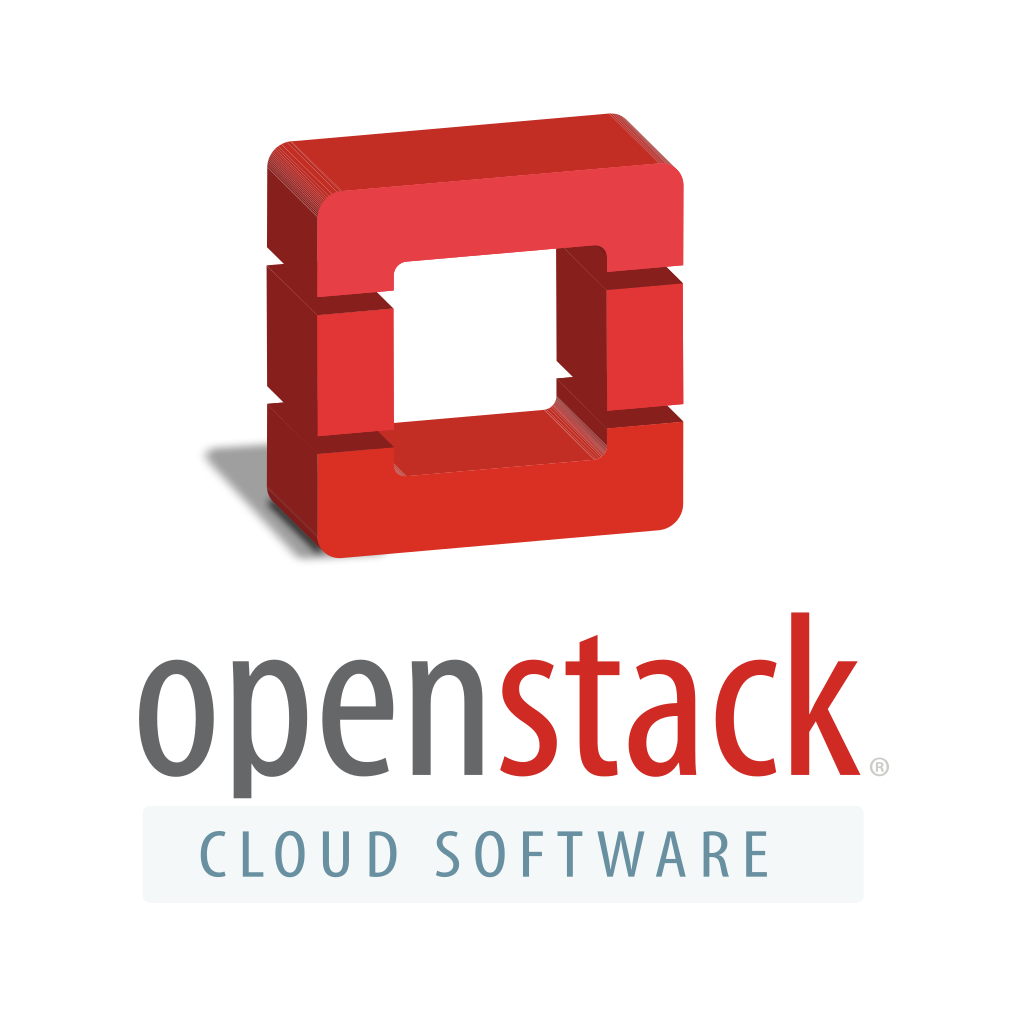Virtualization – High Availability Solution
Over the years IPVision Inc. evolves its hardware deployments from SUN/Solaris SPARC to Linux i386/x64 and rackeable Single Servers with Basic ISCSI Storages to modern Blade Server with ultimate SAS Storage Array expanding the hardware capabilites to Virtualization Environments
Advantages of Virtualization
Server Consolidation
Server consolidation basically means that many server applications can be run on a single machine that previously had required many physical computers to provide the unique operating system and technical specification environments in order to operate. Although a server supporting many VMs would probably have more memory, CPUs, and other hardware, it would use little or no extra power and would occupy the same physical space, reducing utility costs and real estate expenditures.
Testing and development
Use of a Virtual Machine enables rapid deployment by isolating the application in a known and controlled environment. Severe crashes that use to require hours of reinstallation now will take moments by simply copying a virtual image.
Dynamic Load Balancing and Disaster Recovery
Virtualization creates a dynamic load balancing by providing the ability for virtual machines that are over-utilizing the resources of a server to be moved to underutilized servers. This will create efficient utilization of server resources. Virtualization technology enables a virtual image on a machine to be instantly re-imaged onto another server if machine failure occurs.
Higher availability and uptime
One of the main advantages of virtual servers is that they are completely segregated from one another, running as if they relied on separate hardware, which decreases downtime during maintenance periods. This means that changes can be made to one virtual server without affecting others sharing the same hardware.


Check our successfully virtualization projects:
IPVision Inc. has a group of specialist dedicated to investigate, design, integrate, document, train, deploy and monitor custom virtualization scenarios with the premise to minimize network downtime and service affection almost to zero.




Blade Server – Storage Array Advantages
Condensed, high-density
Blade servers allow more processing power in less space which simplifies cabling, storage, and maintenance. The advantage of blade servers is not only that one “cabinet” houses multiple servers that share power source and other components, but also from the consolidation of related resources, such as storage and networking equipment, into a smaller architecture.
Load balancing and failover
Like most clustering applications, blade servers can be managed to include load balancing and failover capabilities. In case any hardware failure is found on a server blade or the chassis itself, self diagnostics function automatically starts and the faulty area can be identified by the indicator display per server blade.
Power consumption & power management
Consolidating power supplies into the blade chassis reduces the number of separate power supplies needed and also reduces the power requirements per server. Because individual server blades are stripped to bare minimum and do not have other features found in conventional servers such as keyboard, graphic cards, and others, that employ less devices that need to be powered. One blade server with 16 server blades uses much less power than 16 individual full-size servers.
Lower management cost
Server consolidation and resource centralization also simplifies server deployment, management, and administration. Hardware configuration management, operation status monitoring, and fault monitoring are centrally controlled, thus reducing the system administrator’s burden. Administrator can be notified of an error by such means as e-mail in a timely manner.
Network and other cabling
Blade servers simplify cabling requirements and reduce wiring by a great percentage. Power cabling, operator wiring (keyboard, mouse, etc.) and communications cabling (Ethernet, SAN connections, cluster connection) are greatly reduced as well.
Flexibility, modularity, and ease of upgrading
You can expand or reconfigure the system without stopping your jobs other than those related to the server blade subject to upgrade or replacement. Modules can mix in the same blade server chassis. Server blades within a chassis do not necessarily need to be identical. You can have one server blade with Windows and another one with Linux.
Deployment and scalability
Blades can be scaled up as needed by just simply adding a new server blade. It is certainly easier to deploy additional server blade than a new stand-alone server.
Disaster management
Even though the purpose of packing server blades into a single chassis is to share servicing resources, chassis can be configured with redundant power modules for failover.
